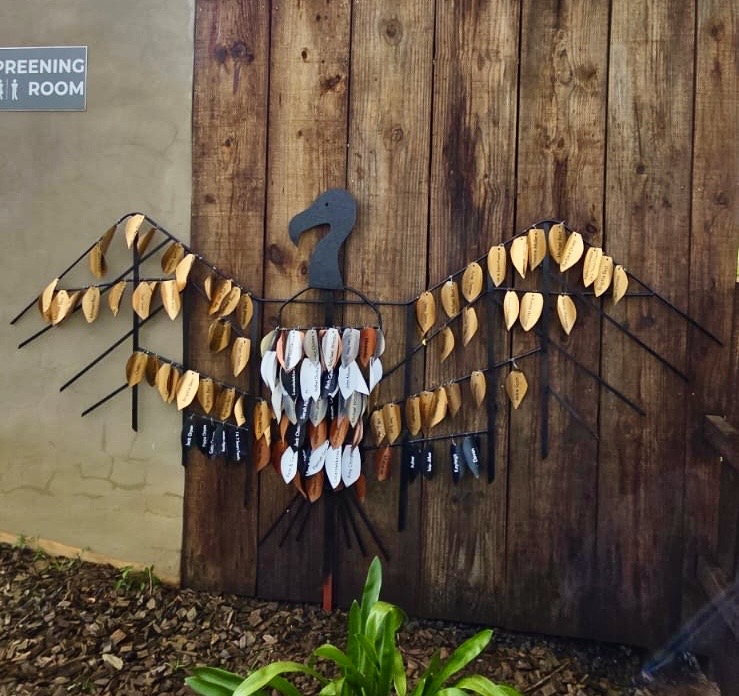During summer time dung piles come alive with scarabs we like to call Dung Beetles. There are approximately 780 species of Dung Beetle in South Africa alone. These beetles vary in size from minuscule beetles at 5mm to large species at 50mm. The lifespan of Dung Beetles is roughly 2 years.

Male Trident Dung Beetle. Photo by Bastian TiefesDung Beetles are astute navigators using polarized light generated by the moon. The adult’s generally only drink the liquid nutrient found in animal dung while the larvae eat the solid matter. The species can be broken down into four distinct groups according to how they dispose of the dung.

Photo by Wildlife ACT Monitor: Daniella Theron
Groupings of Dung Beetles found in South Africa
- Telecoprids: will roll the renowned ball of dung which can be up to 50 times heavier than themselves. These balls are procured from a dung site to be eaten or buried elsewhere to avoid competition with other species. The female will sit on top of the ball and lay her eggs within, while the male pushes it with his hind legs.
- Endocoprids: remain inside the dung - living and breeding in situ.
- Paracoprids: bury the dung directly underneath a pile of dung as a larval food supply.
- Kleptocoprids: steal telecoprids' rolled balls in which to lay their eggs!

Photo by Wildlife ACT Monitor: Daniella TheronThese large and vividly robust coprophages (faeces eaters) rely on animal dung for food for both itself and their larvae. They are capable of discovering and removing most of the dung in just one day. Dung Beetles are ecologically important in maintaining a healthy ecosystem as they not only remove the majority of dung through the summer seasons, but also destroy the eggs of internal parasites thus reducing pest populations. Dung Beetles also play a role in returning nutrients to the soil as well as inadvertently germinating seeds.
Written by Conservation Monitor Daniella Theron
RELATED POST: Symbiosis: Commensialism, Mutualism, Parasitism, Neutralism, Competition & Predation





.jpg)




(1).avif)
.avif)